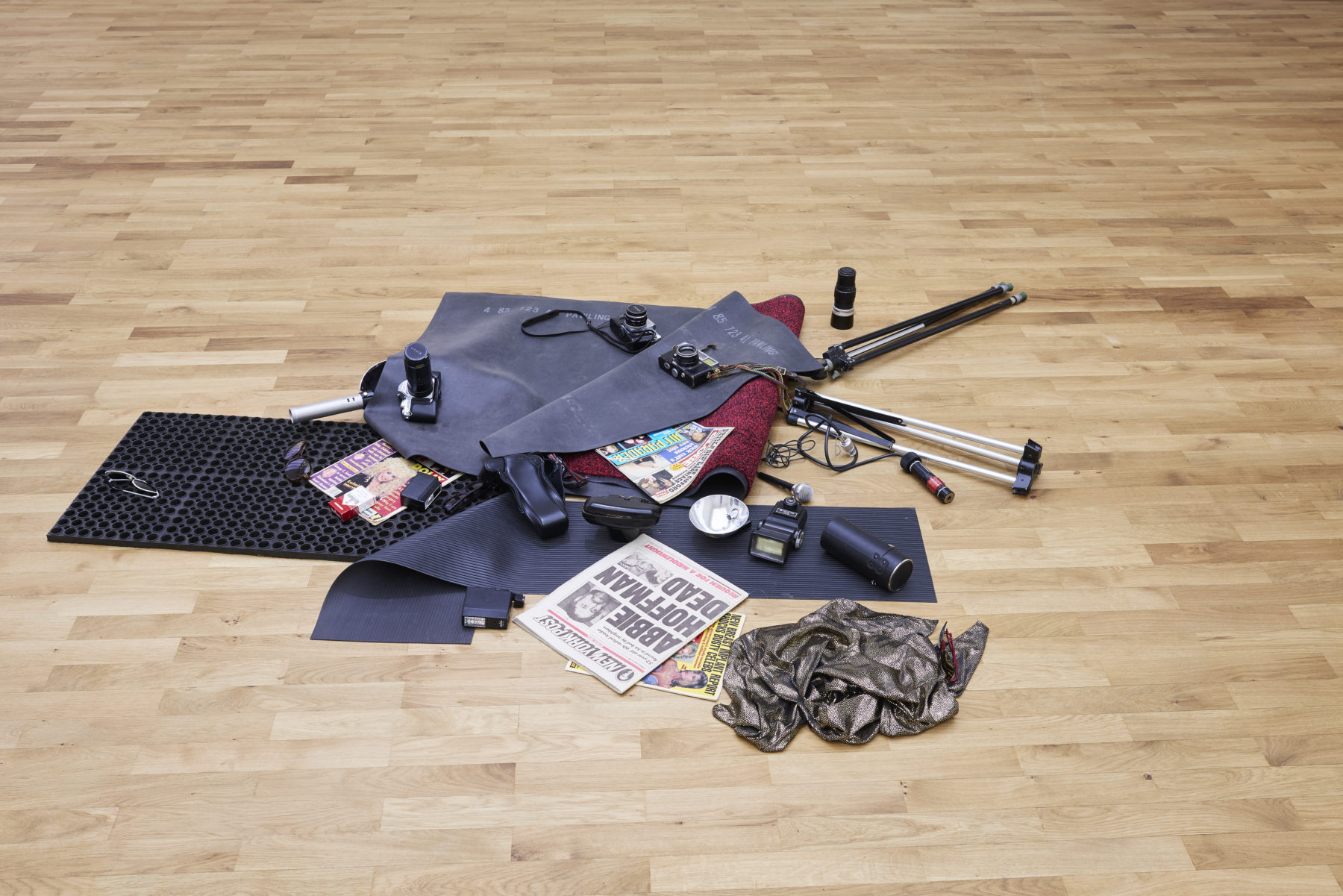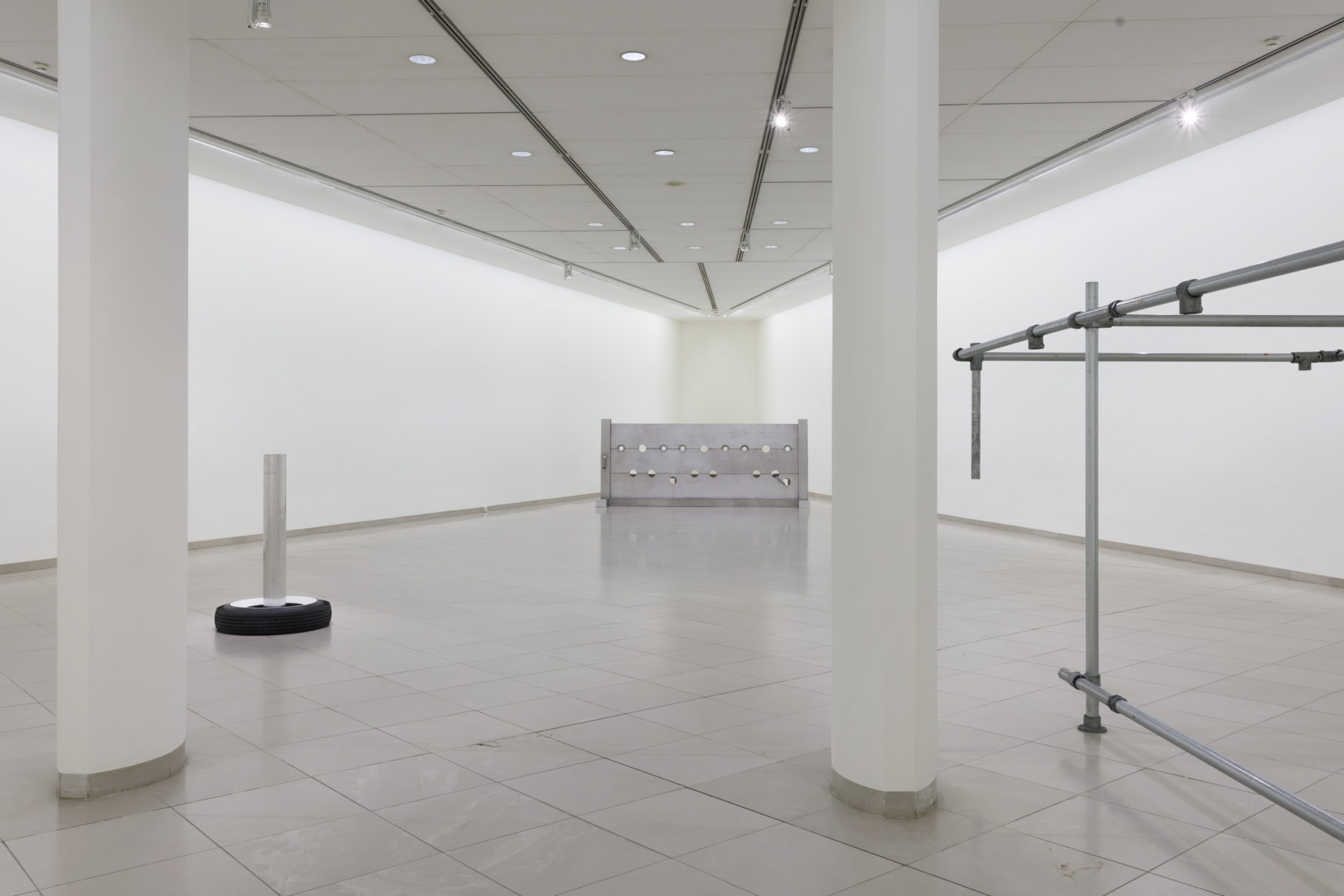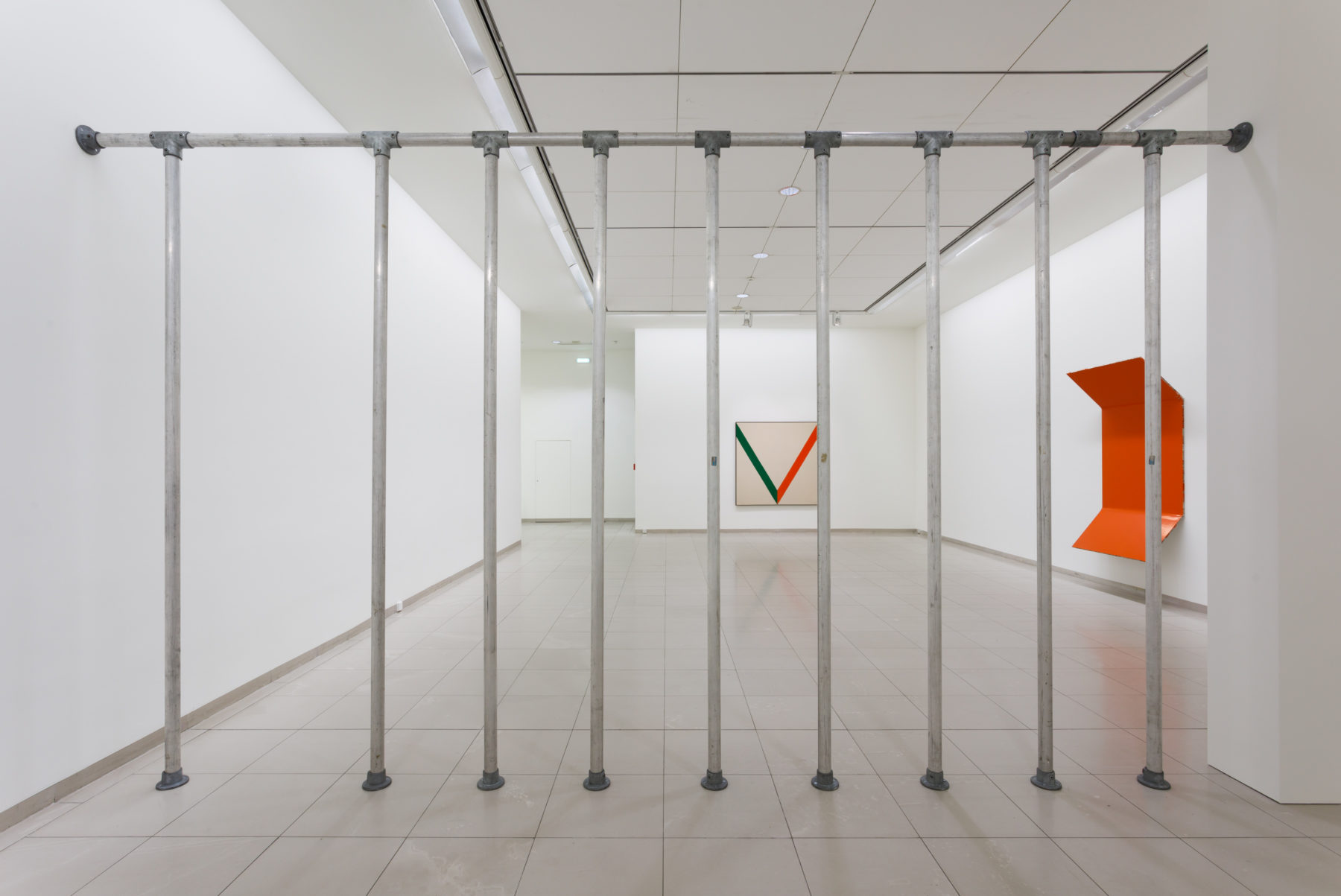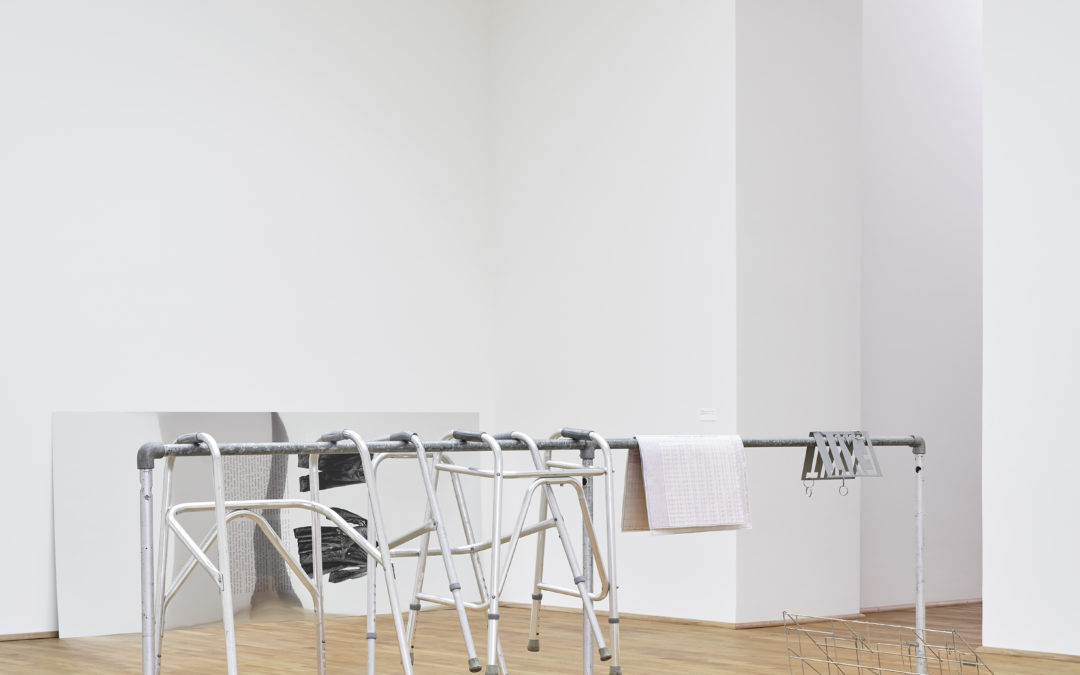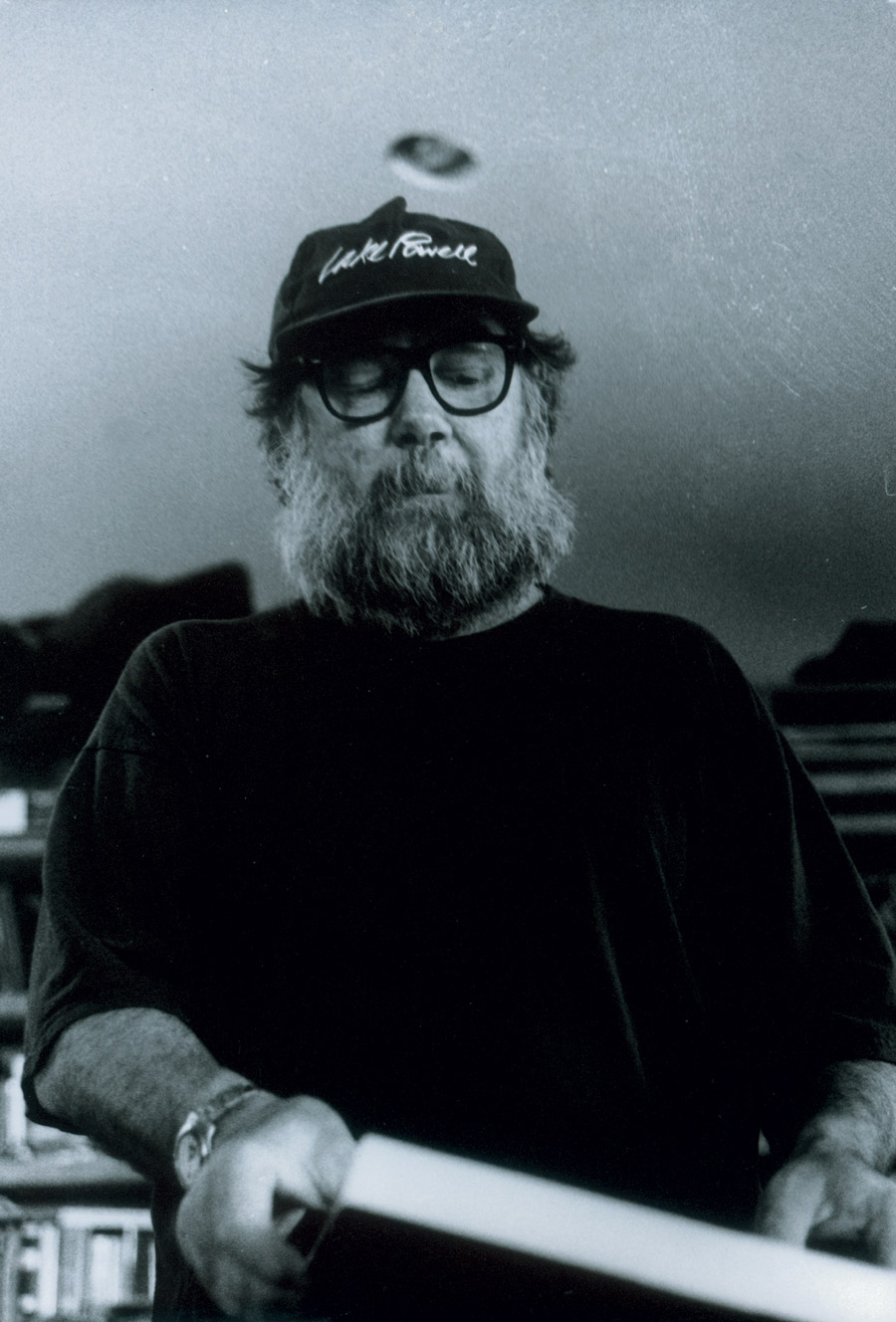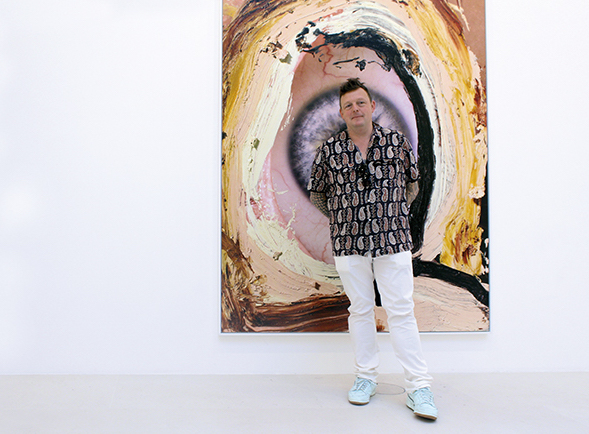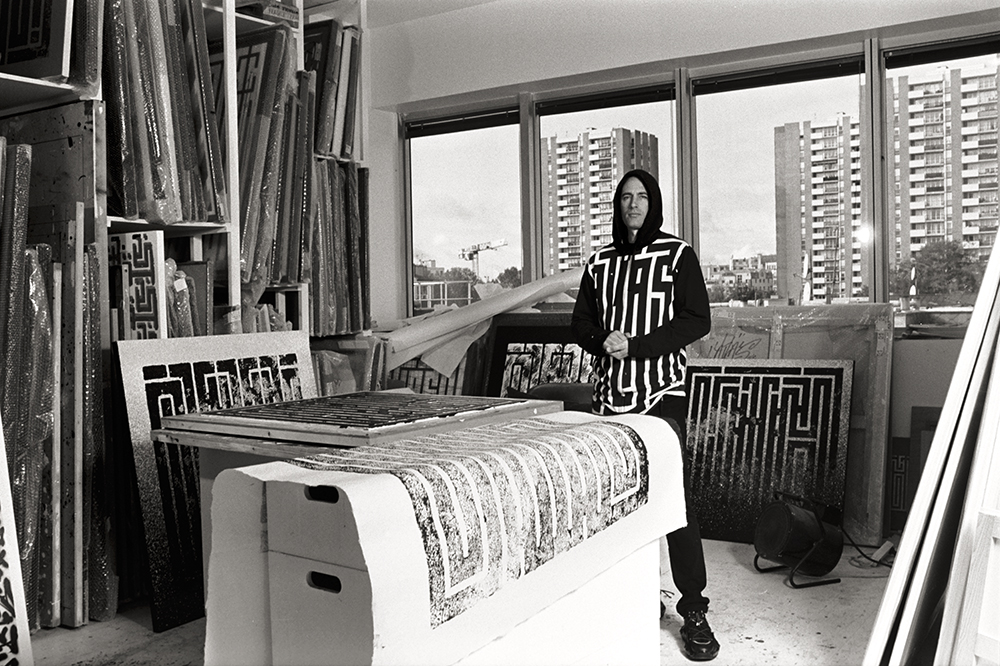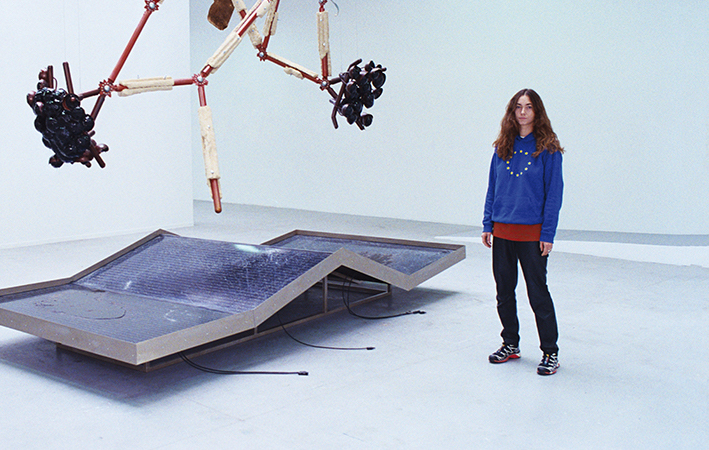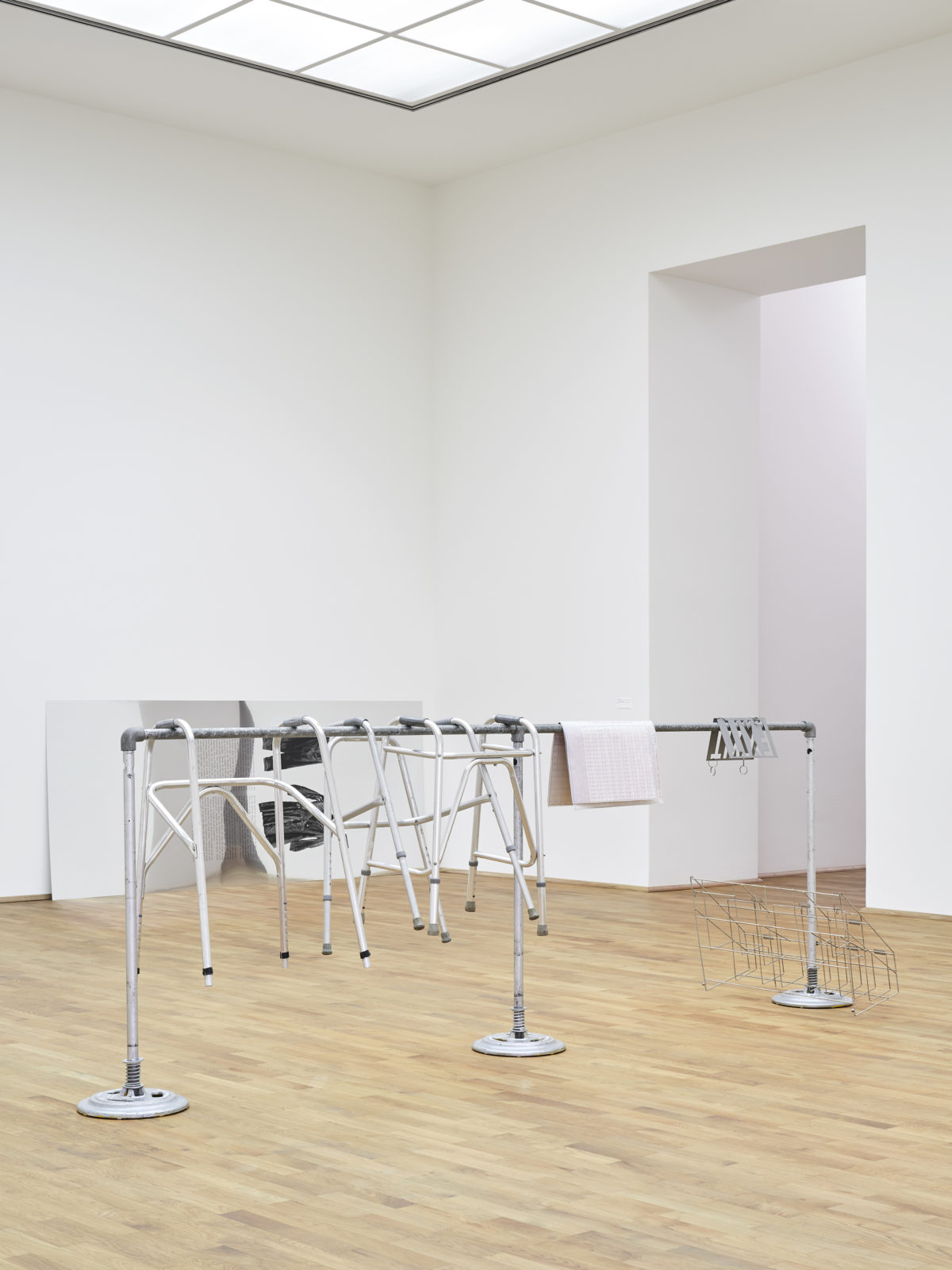
A MEETING BETWEEN CADY NOLAND & ARMELLE LETURCQ
By Armelle Leturcq
On the occasion of the Natures Mortes exhibition by Anne Imhof at the Palais de Tokyo, rediscover our interview of Susanne Pfeffer about Cady Noland from our issue #88
Cady Noland is known to refuse any exhibition or retrospective of her work. How did you manage to organize this exhibition at MMK?
I have been working on this project for a long time. In 2017 I told myself it was now or never. So I took some time to prepare intensely. When I finally got Cady Noland’s phone number, I first researched her work for a month before contacting her. Then we met in New York and started working on the exhibition.
Did you work directly with her? Did she participate in the installation of the exhibition?
Yes, during the whole process we worked together. Cady Noland was involved in all the decisions, especially those concerning the confrontation of her works with those of the MMK collection. I offered her several suggestions, but she also looked at the online collection on her own. We built a model of the museum and its works, which took us several weeks. During this time and then later directly in the space, we made the final decisions together.
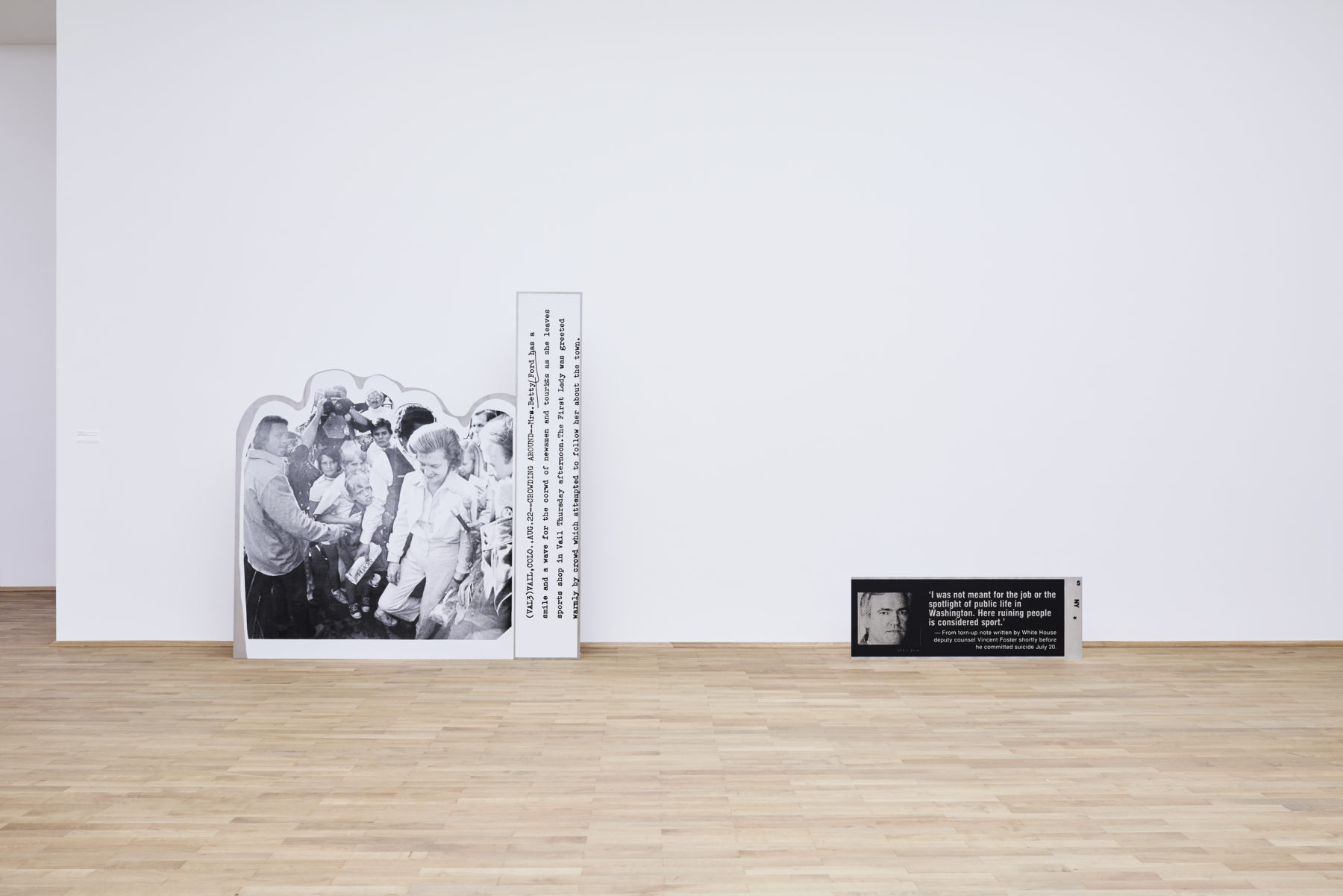
Why was it important for you to curate this exhibition and why do you think Cady Noland’s work is so relevant today?
Our time is filled with violence. At least, I have never experienced so much brutality in my life – structurally, linguistically and physically. As a contemporary art institution, we have to respond to that. For me, the museum is a public place. But we don’t just need to protect it, we need to redefine it as such again and again. We need to confirm this status as an institution and offer exhibitions that correspond to it.
In her work, Cady Noland exposes the violence we experience in our daily lives through spatial and ideological demarcation devices. She stages this supposed neutrality of the materials and forms that surround us. The American flag, coal grates, bridles, cowboy saddles and guns embody American identity. Yet the myth of the American dream, which Noland – with apparent naivety – takes seriously, has become a global reality characterized by the glorification of violence, radical individualism, consumerism as the sole motivation and source of fulfillment, and conflict based on separatism and exclusion. In his work, barriers, gates and fences take the place of physical and symbolic manifestations that seem to declare the end of all engagement with the social body.
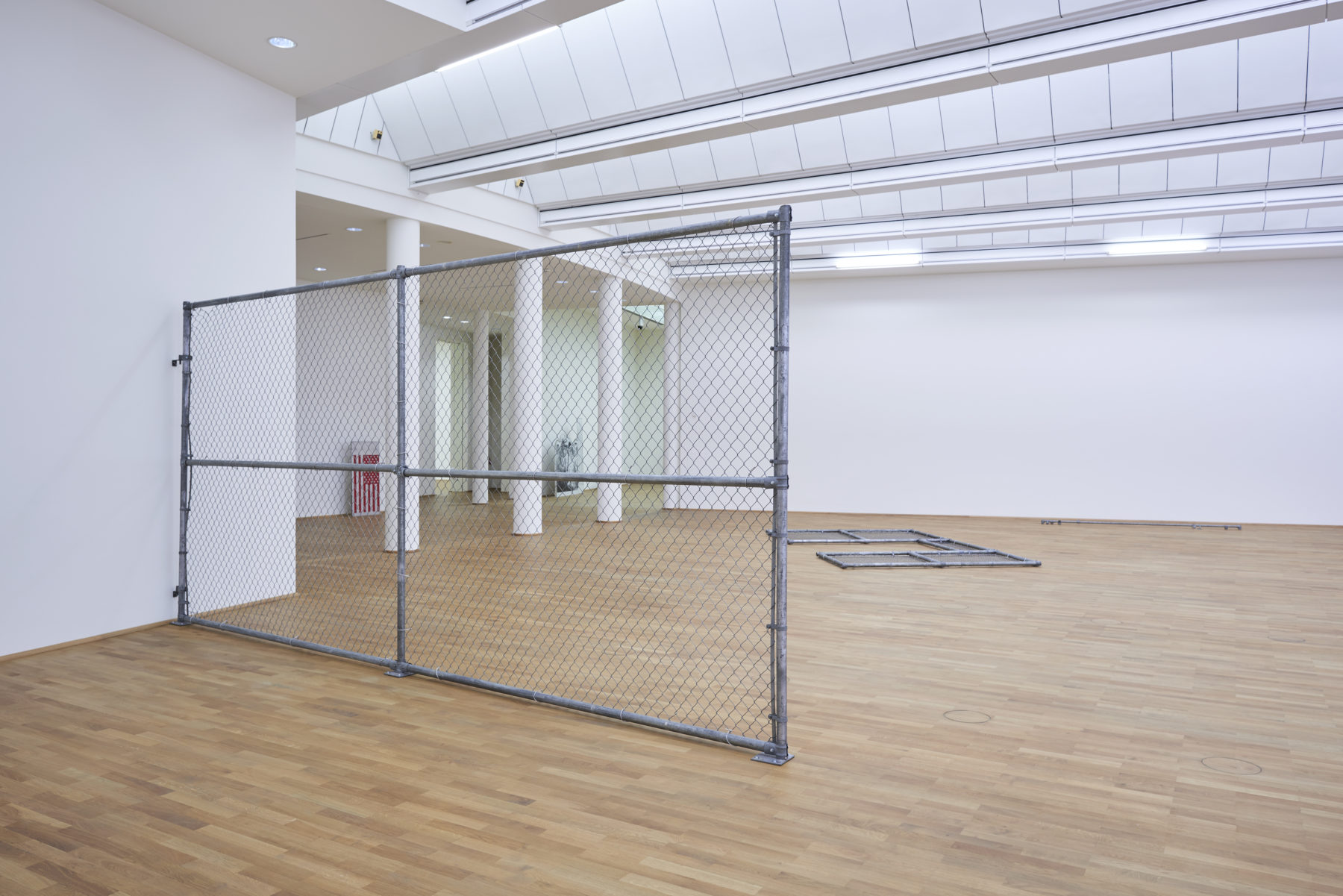
Do you think Cady is a true punk, a revolutionary and a totally radical artist?
I would say yes!
Cady Noland also completely refuses the celebrity system and remains totally anonymous. What do you think of her attitude? In the digital age, where fame is the ultimate goal, what new dimensions does her work take?
I think for Cady Noland, as for all good artists, her work is more important than her person – so what her work projects is more important than what she projects herself.
Do you think that something in Noland’s personal history may have driven her to be so radical, so secretive?
No, I think it’s society that makes her that way.
Do you think we should be looking at artists like her who decide to stop making work? Her last piece dates from 2008. Is stopping to produce, to stop being an artist or simply to refuse to satisfy the market demand?
I guess Cady Noland was never interested in the art market. Artists never stop being artists.
Interview by Armelle Leturcq
Read the full interview on Crash#88, available in our Crash store.
